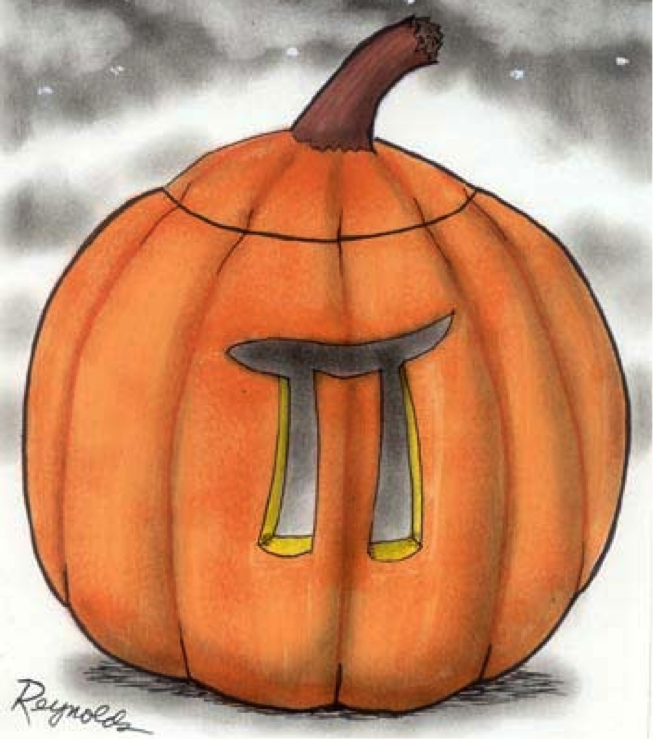43rd Annual Physics Field Day
Presented by Creighton University’s Society of Physics Students
Saturday, March 19, 2016 Nobel Laureiates
Registration starts at 7:30, events start at 8:00 AM
You are invited to the Creighton University Physics Department’s Physics Field Day 2016! On Saturday, March 19, you and your team of high school physics students will duke it out with other local high schools for the title of “Field Day Champion.” This year’s theme is “Nobel Laureates in Physics,” where we will explore the work of notable physicists and the impact they have made on our society.
If you have any questions, please email SPS President, Danielle Desa (danielledesa@creighton.edu). Additional details and updates on Physics Field Day can always be found online at: http://physicsweb.creighton.edu/content/field-day-hallfame We look forward to seeing you this spring!
More details on the event are also available in the 2016 Physics Field Day Rule Book.
Registration Cost: The registration fee is $15 per team plus $3 per person, with 2-5 individuals per team. Breakfast and lunch will be provided for both teachers and students.

 JOIN US FOR THE
JOIN US FOR THE